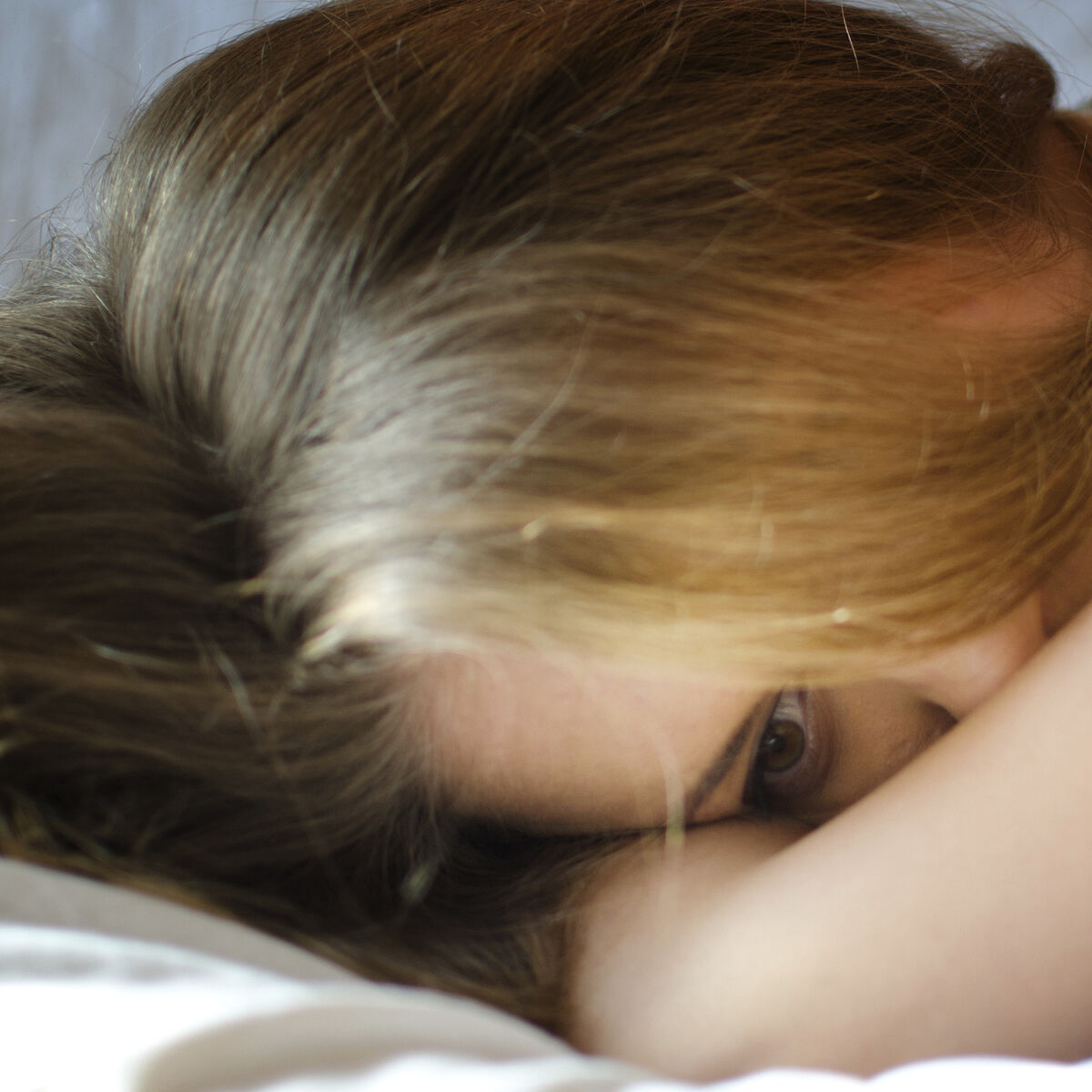Seasonal affective disorder: Manage the symptoms of SAD this winter with these tips – including a SAD lamp
By Sarah McCann
Copyright scotsman

Seasonal affective disorder (SAD) is a type of depression.One in 20 people in the UK lives with SAD.It is more common in men than in women.
It’s not unusual to dread winter, with its darker nights and cold temperatures.
However, if the changing seasons start to have an impact on your mental health, you could be experiencing Seasonal Affective Disorder (SAD).
One in 20 people in the UK is diagnosed with SAD, a type of depression triggered by the changing seasons. Men are more likely to be diagnosed than women, with the condition often being called “winter depression”.
Here is everything you need to know about SAD and how to manage your symptoms this winter.
What is seasonal affective disorder?
Seasonal Affective Disorder (SAD) is a type of depression that can occur during a particular season of the year, such as during winter. One in 20 people in the UK is diagnosed with SAD, with men more likely to have the condition than women.
The exact cause is not fully known, but it’s thought to be linked to the reduction in sunlight during the winter. According to the NHS, a possible cause could be that the lack of sunlight may stop a part of the brain called the hypothalamus from working properly, which may affect the production of melatonin, serotonin, or disrupt the body’s circadian rhythm.
What are the symptoms of SAD?
The symptoms of SAD are similar to depression, but often occur at a particular time of the year, the signs can include:
a persistent low mood a loss of pleasure or interest in normal everyday activities irritability feelings of despair, guilt, and worthlessness feeling lethargic (lacking in energy) and sleepy during the day sleeping for longer than normal and finding it hard to get up in the morning craving carbohydrates and gaining weight difficulty concentrating decreased sex drive
How to manage the symptoms of SAD this winter
Healthwatch recommends these five tips for managing the symptoms of SAD this winter.
Make the most of daylight hours
Try to make the most of your exposure to natural light by sitting by a window indoors or getting outside for a brief walk during the day. This can boost serotonin and melatonin levels, lifting your mood and improving sleep.
Keep your space bright and airy
Keeping your home and work areas as light and airy as possible can help provide a comfortable and supportive environment.
Stay active
Getting outside during daylight hours or exercising indoors, even briefly, can improve your mental health and overall well-being.
When we’re feeling low, cooking and eating isn’t always a high priority, meaning we can sometimes reach for processed foods. Instead, focus on nutrient-rich foods that can boost your energy levels and support your physical and mental well-being.
Staying connected with family and friends can feel daunting when you’re not feeling yourself, but reaching out and talking about how you are feeling to someone you trust, as well as a medical professional, can open avenues to more support.
As well as these tips, there is treatment available. This usually includes the lifestyle adjustments recommended above, light therapy with a light box to stimulate sunlight, talking therapies, or antidepressant medicine.
The Samaritans can offer information and support for anyone affected by the content of this article. You can call their helpline on 116 123 or email jo@samaritans.org in the UK.
You can find out more about the signs and symptoms of SAD at NHS.UK.



